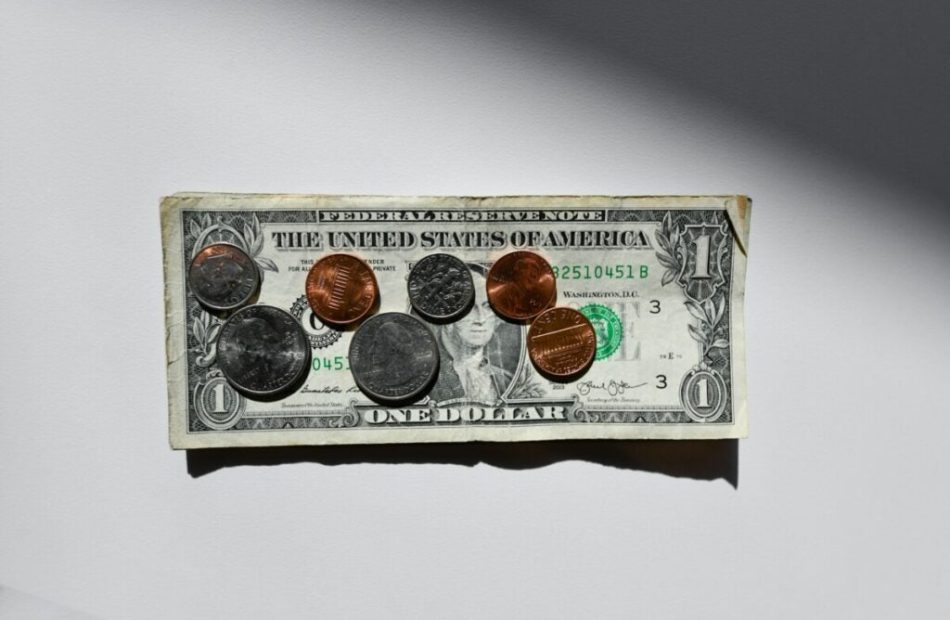The Fed And Inflation Recalibration
As most everyone knows by now, the Federal Reserve cut interest rates at their September meeting for the first time since 2020. The size of the cut, 50 basis points (bps), which is half a percent, was a surprise, at least to LCM Capital Management. This should have a positive impact on most things people use to finance their way of life; from mortgage rates, car loans and eventually credit card debt. However, it will have a negative impact on the interest rates savers receive, reducing what banks pay to their clients on their savings. This is a positive for the banks if you couldn’t tell.
So why would the Federal Reserve cut rates more than the 25bps the market was anticipating?
No one knows for sure, probably not even Fed Chairman Powell. We remind you of one of our firm’s favorite quotes from him in July 2022, “we now understand better how little we understand about inflation.”
According to Mr. Powell’s policy statement after the rate cut decision, “this decision reflects our growing confidence that with an appropriate recalibration of our policy stance, strength in the labor market can be maintained.”
We would like to remind Mr. Powell that just last month nbcnews.com wrote, “U.S. job gains over the 12 months ending in March were revised downward by 818,000 which was the largest negative revision downward since 2009 and adds to recent concerns that the economy has been slowing. The change means that roughly 2.1 million jobs were created in the U.S. in the past year, compared with about 2.9 million prior to the revision (almost 30% less than thought). The new figures do not represent job losses — merely new estimates of how many jobs were actually created during the period in question.” While it is correct to say it is not job losses, it still points to labor market weakness.
Bank of America research analysts said after the report’s release, “Even after these large downward revisions, the labor market looks to have been on solid footing.” Don’t know what planet they are living on, but a 30% downward revision doesn’t exactly sound to us as having solid footing.
So maybe they cut rates because inflation is now under control? Well according to the Fed’s statement, “we have greater confidence that inflation is moving sustainably toward 2% and that the central bank judges that the risks to achieving its employment and inflation goals are roughly in balance”
So, LCM Capital Management asks, does anyone think inflation is running at or near 2% or even dropping as the Fed says it is?
Inflation as most of you know, measures how prices for goods and services rise over time which reduces the purchasing power of money. It affects everything. The Consumer Price Index (CPI), is probably the most commonly known index for tracking inflation.
The CPI is weighted according to a typical household’s budget meaning, housing has a bigger influence than apparel. It should if it’s going to represent most American’s month to month cost of living. Since we are all talking about AI these days, we thought we would ask Chat-GPT what makes up the CPI index? After reading each category, please ask yourself – is this costing me more or less than last year, 2 years ago or 4 years ago?
- Housing (Shelter):
Housing costs, including rent, utilities, and homeowners’ equivalent rent (an estimate of what homeowners would pay to rent their own homes), make up the largest portion of the CPI, typically around 30%. However, the CPI doesn’t account for interest payments on mortgages, loans, or credit cards. Instead, it focuses on rent and the cost of owning a home so fed’s rate cut doesn’t mean this category is coming down. - Food and Beverages:
This category tracks the cost of groceries (food at home) and dining out, including both alcoholic and non-alcoholic drinks. Been out to dinner or for drinks lately? - Transportation:
Transportation costs include gasoline, vehicle purchases, used car prices, maintenance, public transit fares, and airline tickets. - Medical Care:
This covers health insurance, prescription drugs, medical services, and medical supplies. Anyone’s premiums dropping? - Apparel:
Clothing, footwear, and related accessories are included here, although this category tends to be less volatile compared to others - Recreation:
Spending on entertainment, such as movies, hobbies, sports equipment, and recreational activities, falls under this category. Taken the kids to a ball game lately? - Education and Communication:
This includes school tuition, textbooks, telephone services, and internet bills. Do you have any kids going to college? - Energy:
Energy costs track the prices of electricity, natural gas, fuel oil, and gasoline. - Other Goods and Services:
This catch-all category includes personal care products, beauty services, and miscellaneous expenses like funeral costs.
Are any of these things costing you less? Didn’t think so.
What continues to perplex us is Core CPI, a term our government and Federal Reserve like to use as their real inflation indicator. Core CPI is the CPI minus food and energy and they exclude these because they can fluctuate in cost quite unpredictably. The problem is, these are 2 essential life living requirements and without them, literally, we can’t survive. So why remove them from the cost of living? Our guess, because it fits their narrative, whatever that might be.
Perhaps some things have reached a plateau, but as consumers, does anyone see prices falling? Time will tell why the Fed cut rates more than anticipated but I think we can all agree it sure doesn’t seem to be because inflation and our cost of living are dropping as they want us to believe. Or maybe the interest payments on debt created was becoming uncomfortable.
Market News and Data brought to you by Benzinga APIs
© 2024 Benzinga.com. Benzinga does not provide investment advice. All rights reserved.


Leave a Reply